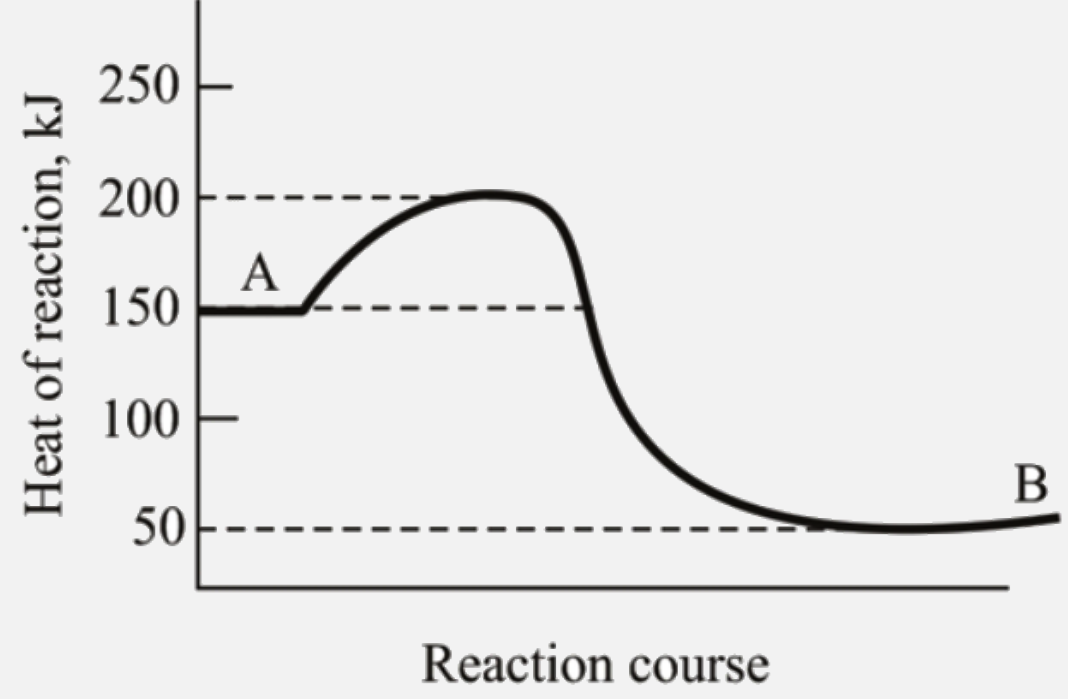A−B is equal to
(A∪B)−(A∩B)
A∩BC
A∩B
B−A
The correct Answer is:B
To find A−B, we need to understand the concept of set difference in set theory. Here’s a step-by-step solution:
Step 1: Understand the Sets
Let’s denote two sets:
- Set A
- Set B
Step 2: Define the Set Difference
The set difference A−B is defined as the set of elements that are in A but not in B. Mathematically, it can be expressed as:
A−B={x∈A∣x∉B}
Step 3: Visualize with a Venn Diagram
To visualize this, we can use a Venn diagram:
- Draw two overlapping circles, one for set A and one for set B.
- The area where the circles overlap represents A∩B (the intersection of A and B).
- The entire area covered by both circles represents A∪B (the union of A and B).
Step 4: Identify the Elements in A−B
From the Venn diagram:
- The elements in set A that are not in set B are represented by the part of circle A that does not overlap with circle B.
Step 5: Write the Final Expression
Thus, the set difference A−B can be expressed as:
A−B=A∖(A∩B)
This means we take all elements in A and remove those that are also in B.
Conclusion
The final answer for A−B is:
A−B=A∖(A∩B)
Let’s denote two sets:
- Set A
- Set B
The set difference A−B is defined as the set of elements that are in A but not in B. Mathematically, it can be expressed as:
A−B={x∈A∣x∉B}
To visualize this, we can use a Venn diagram:
- Draw two overlapping circles, one for set A and one for set B.
- The area where the circles overlap represents A∩B (the intersection of A and B).
- The entire area covered by both circles represents A∪B (the union of A and B).
From the Venn diagram:
- The elements in set A that are not in set B are represented by the part of circle A that does not overlap with circle B.
Thus, the set difference A−B can be expressed as:
A−B=A∖(A∩B)
This means we take all elements in A and remove those that are also in B.
The final answer for A−B is:
A−B=A∖(A∩B)
Similar Questions
If A={2,3} B={4,5} then A X B is equal to
View SolutionFor all sets A and B, A−(A∩B) is equal to ………
View SolutionFor all sets A and B, A−(A∩B) is equal to ………
View SolutionHeat of conversion of substance A to substance B is equal to (kJ)

View SolutionThe equivalent capacitance of the circuit across the terminals (A )and (B) is equal to
 .
.
View SolutionIf A and B are finite sets, such that A⊂B, then n(A∪B) is equal to ………
View SolutionIf A = {4, 8} and B ={p, q, r}, then A×B is equal to
View SolutionTwo vectors →A and →B have equal magnitudes . If magnitude of →A+→B is equal to n× the magnitude of →A−→B , then the angle between →A and →B is
View SolutionFor two sets A and B; A∪B is equal to:
View SolutionIf A and B are two sets, then A∩(A∪B)' is equal to - A (b) B (c) ϕ (d) A ∩ B
View Solution
